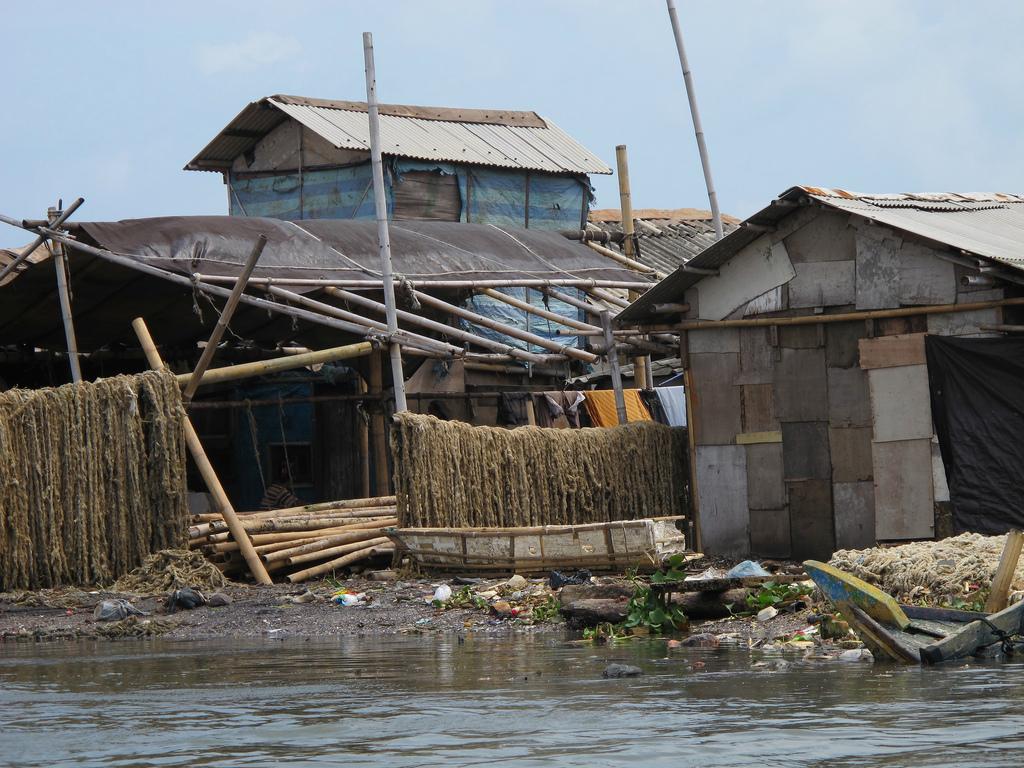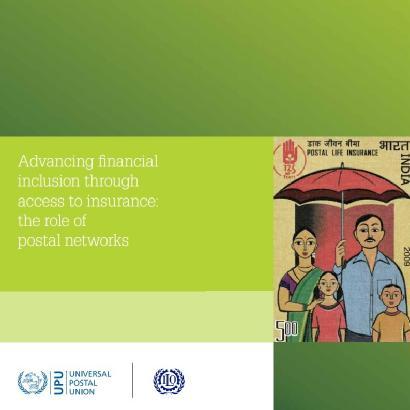The broad structure of National Agricultural Insurance Scheme (NAIS), the main crop insurance program in India, is technically sound and appropriate in the context of India. The NAIS is based on an indexed approach, where average crop yield of an insurance unit, IU, (i.e., block) is the index used. The insurance is mandatory for all farmers that borrow from financial institutions, though insurance cover is also available to non-borrowers. The actual yield of the insured crop (as measured by crop cutting experiments) in the IU is compared to the threshold yield. If the former is lower than the latter, all insured farmers in the IU are eligible for the same rate of indemnity payout. Individual crop insurance would have been prohibitively expensive, or even impossible, in a country such as India with so many small and marginal farms. Further, the method of using an ‘area based approach’ has several other merits and, most importantly, it mitigates moral hazard and adverse selection.

